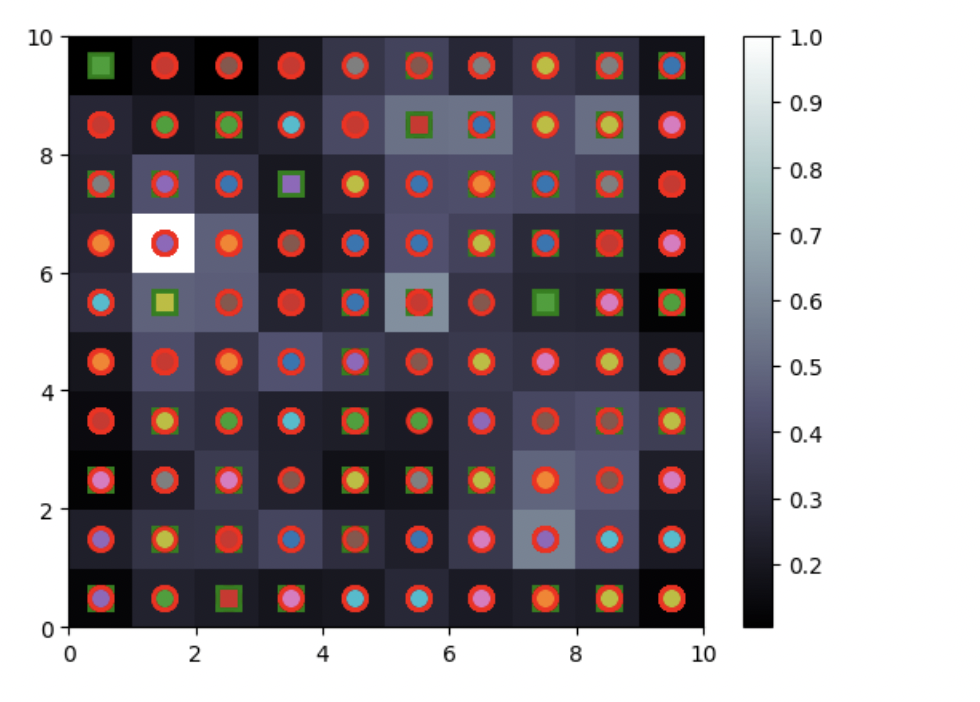Features Correlation

Analyzing the correlations, we can observe the following insights:
The expected outcome of this project is a wine quality classification model based on Self-Organizing Maps. This model will classify wines into different quality categories based on their physicochemical attributes. Additionally, the SOM visualization will provide a visual representation of the clusters and relationships within the dataset, aiding in the interpretation of wine quality patterns.
The expected outcome of this project is a wine quality classification model based on Self-Organizing Maps. This model will classify wines into different quality categories based on their physicochemical attributes. Additionally, the SOM visualization will provide a visual representation of the clusters and relationships within the dataset, aiding in the interpretation of wine quality patterns.

